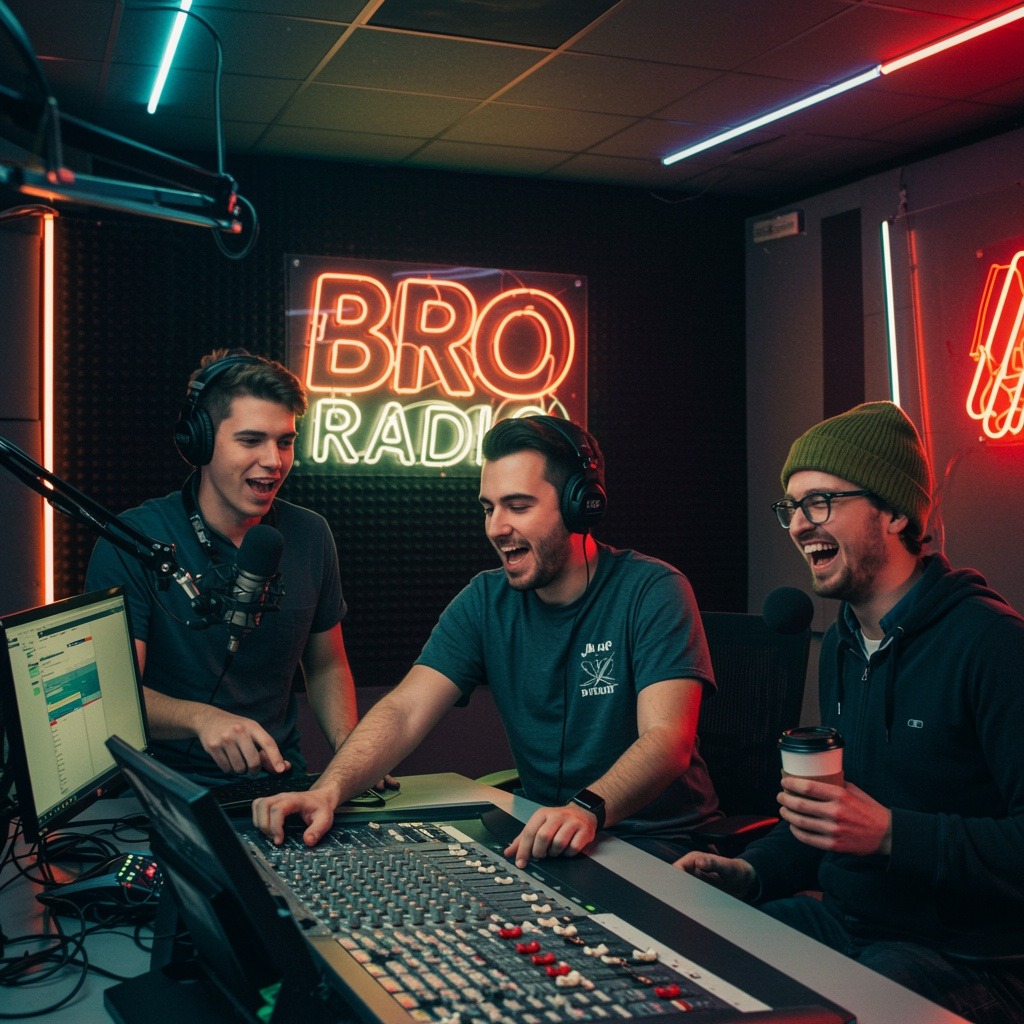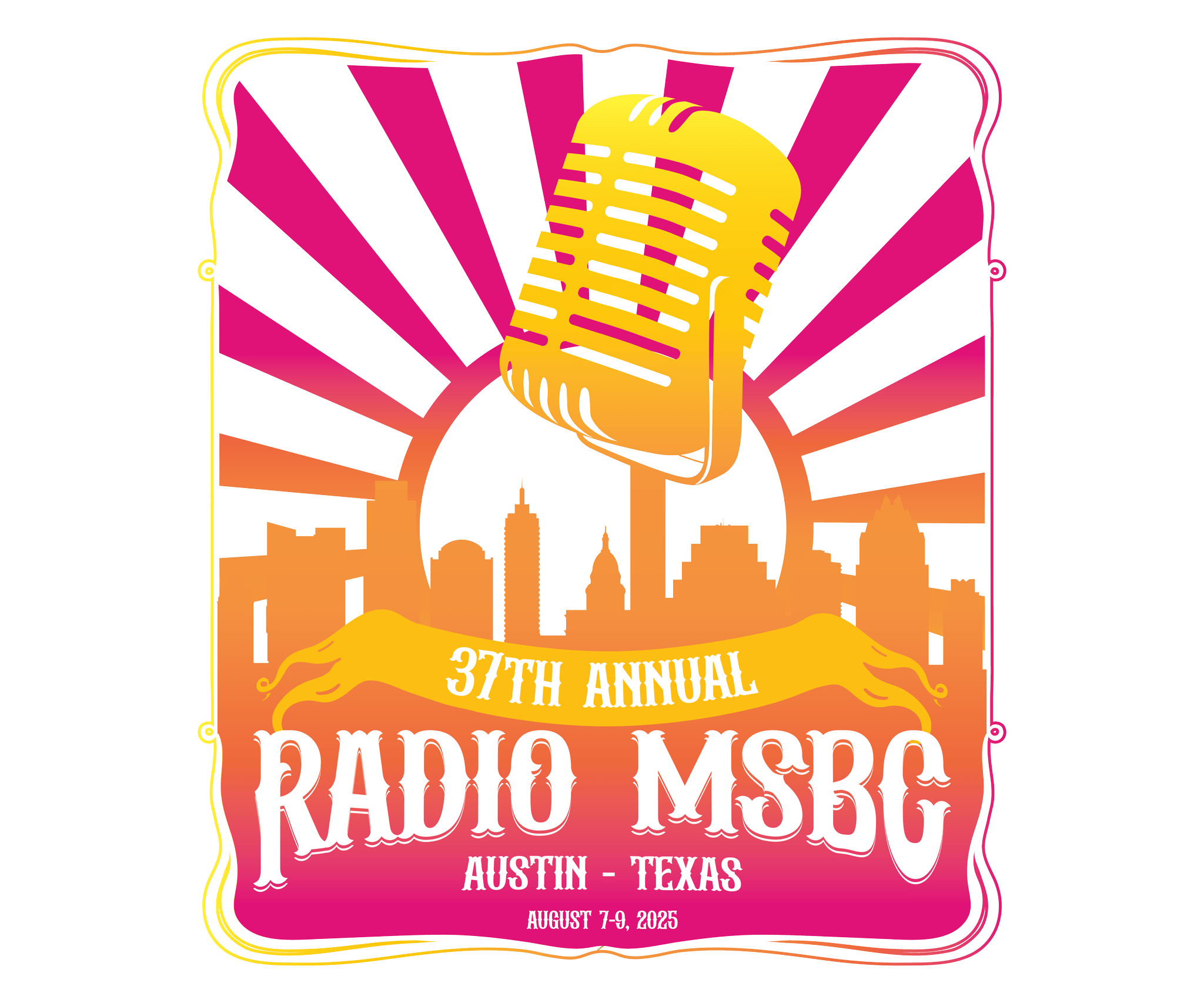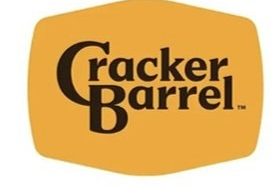 The big news story of last week—still a rumor, by the way—is that come this fall, Howard Stern will no longer broadcast an actual radio show on SiriusXM. Not surprisingly, it elicited all kinds of reaction in social media land.
The big news story of last week—still a rumor, by the way—is that come this fall, Howard Stern will no longer broadcast an actual radio show on SiriusXM. Not surprisingly, it elicited all kinds of reaction in social media land.
Most of the snarky remarks attacked Stern for myriad reasons, including the notion that he somehow “lost it” many years ago, sold out to the Democrats, or simply misplaced his mojo. A few managed to remind the doom scrollers of the breakthrough contributions Stern made in personality radio, first in broadcast and for the last two decades, in the realm of satellite radio.
 Those of you old enough to remember Howard’s early years on FM radio might recall a brash, outspoken, “real” guy who often said stuff you were likely thinking but no one actually had the stones to say over the airwaves. In later years, Stern has elevated his game to become one of the best interviewers ever, putting him in the same zone that has NPR’s Terry Gross—and that is rarified air.
Those of you old enough to remember Howard’s early years on FM radio might recall a brash, outspoken, “real” guy who often said stuff you were likely thinking but no one actually had the stones to say over the airwaves. In later years, Stern has elevated his game to become one of the best interviewers ever, putting him in the same zone that has NPR’s Terry Gross—and that is rarified air.
As I used to explain to our clients during Howard’s formative years, audiences either rated him a “10” or a “1”—there was never anyone in the middle on the outspoken “shock jock.” He evoked emotional extremes—and that is what built his brand and earned him ratings (and later subscribers).
While Stern will no doubt be remembered for many different things, along with the familiar high and low points, it will be the authentic style he brought to the commercial radio band that should be his legacy. It is easy to conjure up the images of “Stripper Pole Howard” and other extreme visuals, but it is his real guy persona that should define his contributions.
Sadly, those who followed in Stern’s footsteps—or at least tried to—often reflected the shock jockiness and outrageousness of his radio performance while often missing his genuine qualities. And when “shock jock radio” ran its course and lost its potency in the 2000s, many of the Stern wannabes found themselves back on the beach. The act had gotten stale.
In the years since, there’s been a void for the kind of radio Howard perfected. And in recent years, an offshoot has formed—”bro content”—guys sitting around microphones and being guys.
guys.
Interestingly, women have had their comparable outlets for decades, epitomized by Sex and the City, the show that redefined how women talk, party, and discuss sex and sexuality. It debuted in 1998 on HBO, and at almost at the exact same time on televisions every weekday morning, it was ABC’s The View, a live daytime, coffee klatch filled with gossip, contemporary issues, and “hot takes” on all sorts of things.
On the male side, there’s generally been a media void in the so-called “mainstream media.” Sports programming often reflected some of the “bro bible” vibe, but most shows and personalities fit into typical media categories and silos. A recent story in The Hollywood Reporter tells a very different story—and it has powerful implications on those of us searching for answers on the radio.
In “As TV Collapses, Digital Firebrands Are Suddenly In Demand,” Alex Weprin tracks digital media personalities like Dave Portnoy (Barstool Sports) and Pat McAfee, and how they are in the process of taking over traditional outlets like Fox Sports and ESPN.
 In announcing the signing of Portnoy over at Fox Sports 1, executive Eric Shanks made this telling observation:
In announcing the signing of Portnoy over at Fox Sports 1, executive Eric Shanks made this telling observation:
“Dave has built a one-of-a-kind brand that connects with a new generation of sports fans—authentic, bold, and original. (Barstool’s) unique voice and loyal fanbase makes them a natural fit for our evolving multiplatform content strategy.”
There’s the strategy—similar to what McAfee did by cracking the digital code while he was on Barstool before joining ESPN, and as some might say, taking over the network. McAfee is so confident in his digital footprint on outlets like YouTube and TikTok that he can talk about brazenly doing whatever he wants to do on ESPN:
“Whenever people in here have tried to get me fired for taking clips out of context or quotes out of context, and misrepresented everything that I’ve said, and the human that I am and the deal that it is, we know that we’re good. So you can fire us, you can try to kill us, you can do whatever you need to do. But our success is the fact that we have a following, and they’re going to ride with us.”
View this post on Instagram
Bro talk hosts—like the king of them all, Joe Rogan (pictured)—hold the keys to reaching younger demos, the Holy Grail for pretty much every medium— except broadcast radio where they are somehow deemed to be of little-to-no value. (Unfortunately, most radio companies would rather give the boot to PDs and personalities than figure out how to sell and market outside of the 25-54 so-called “sweet spot,” but that’s another story for another day.)
except broadcast radio where they are somehow deemed to be of little-to-no value. (Unfortunately, most radio companies would rather give the boot to PDs and personalities than figure out how to sell and market outside of the 25-54 so-called “sweet spot,” but that’s another story for another day.)
As ESPN honcho Jimmy Pitaro explained to Weprin, “I was just in a research meeting where our folks presented to me the response that younger people have had to Pat McAfee, and it’s been staggering and really helpful to our brand in its entirety.”
Everybody’s audience research reflects these same findings, save for radio, where men under 25 are consistently ignored. It is notable that many attribute Donald Trump’s victory last November to winning over young men largely by his consistent presence on the many bro podcasts that somehow eluded his Democratic competition.
And it’s not just bros. The podcast ecosphere contains numerous women with a penchant for authenticity as well, like Kara Swisher and Brett Cooper. The latter has a strong footprint on YouTube, melding entertainment, cultural touchpoints, and politically conservative values.
Some of these same conclusions came to the surface in a brilliant essay written by Michael Hirschorn (pictured below) in The New York Times back in June. In an opinion piece titled “The Achingly Simple Lesson That Democrats Seem Determined Not To Learn,” the emphasis is on the “Rogan effect” and how so-called “bro-casters” have won the zeitgeist of the moment. (It’s a great article that hopefully I was able to gift to all of you.)
 Hirschorn notes how much of the most popular male podcasting royalty come directly from the world of comedy, and are not necessarily political but have a unique grassroots knowledge honed from years on the standup circuit. There’s something about staying at Holiday Inns, flying in coach, and eating at Denny’s that brings you in touch with the American mainstream. In the same way, some street-active radio stations and personalities have a decided edge because of their eye-contact with audiences. Street active stations have an edge when it comes to understanding the national and local mood. As Hirschorn reminds us “Authenticity, it seems, is what fills the void when authority dies.”
Hirschorn notes how much of the most popular male podcasting royalty come directly from the world of comedy, and are not necessarily political but have a unique grassroots knowledge honed from years on the standup circuit. There’s something about staying at Holiday Inns, flying in coach, and eating at Denny’s that brings you in touch with the American mainstream. In the same way, some street-active radio stations and personalities have a decided edge because of their eye-contact with audiences. Street active stations have an edge when it comes to understanding the national and local mood. As Hirschorn reminds us “Authenticity, it seems, is what fills the void when authority dies.”
Last time I checked, broadcast radio is pretty much devoid of authority at the moment, and don’t expect it to return by doing paint-by-numbers radio or banal benchmark bits heard on soundalike morning shows all over the country.
While Hirschorn’s orientation is highly political, the key characteristics of what distinguishes “bro-casting” are worthy of your time, particularly if you’re looking for perspective on radio’s failing strategy to connect with the new American mainstream.
In fact, Weprin’s Hollywood Reporter article provides some of the strategy basics FM radio is missing with its mostly predictable personality shows. Just replace the word “TV” with “radio” in his strategic content conclusion below, and swap out “viewers” with “listeners.”
“Cultural currency is more likely to be found these days on YouTube or Spotify, and viewers of live linear TV tend to skew older. With news and sports the last content standing, bringing over some of that more youthful audience could be a way to extend the lifespan of linear TV as executives grapple with a saturated and splintered streaming environment.”
In much the same way FM radio made AM look old, shopworn, and irrelevant back in the early ’70s, the podcasting, TikTok, and YouTube camps are doing the same thing to broadcast radio and television today.
But the talent is out there, if there was only the desire and commitment to reimagine radio’s target audience and how to effectively connect with them.
 It could be powerful for a broadcast radio medium in dire need of a different approach. Take “Subway Takes” for a moment. It’s a series of short videos hosted by Kareem Rahma (pictured), an Egyptian born comedian, artist, and media maven.
It could be powerful for a broadcast radio medium in dire need of a different approach. Take “Subway Takes” for a moment. It’s a series of short videos hosted by Kareem Rahma (pictured), an Egyptian born comedian, artist, and media maven.
A former employee of the New York Times, he is a cofounder of Nameless Network, a media organization launched by former Vice employees. Note there are no call letters on his resume (although he has been a regular guest on WFUV in New York City).
Below is a “Subway Takes” clip where Kareem is talking to his guest, musician Cole Haden about of all things, radio. And in just two minutes, they do something I didn’t think possible:
Make radio seem cool again.
View this post on Instagram
Of course, if you jump over to the chat, you’ll see a barrage of (mostly) cynical comments about the downsides and downfall of commercial radio (along with some positives for public radio music stations).
On Instagram alone, this video has one million views, nearly 32,000 likes, and more than 1,200 comments. This is what can happen on a somewhat typical (and I don’t say that disparagingly) streaming video short-form show.
 I spent late last week in Austin attending the 37th Morning Show Boot Camp. In an otherwise tepid time for radio conventions and similar gatherings, this event continues to attract strong and enthusiastic attendances. I’ll be weighing in with some thoughts about Boot Camp and why it is a special event for the radio broadcasting community later this week.
I spent late last week in Austin attending the 37th Morning Show Boot Camp. In an otherwise tepid time for radio conventions and similar gatherings, this event continues to attract strong and enthusiastic attendances. I’ll be weighing in with some thoughts about Boot Camp and why it is a special event for the radio broadcasting community later this week.
While the rest of the industry may be struggling to find its focus and a return to profitability, I can tell you the air talent community is pumped, motivated, and yes, strategic—despite the budget cuts, the RIFs, and the constant feeling of being taken for granted by spreadsheet mesmerized executives. And yet, more so than most in the radio business, they know what they don’t know and are open to new ideas, technologies, and experiences.
pumped, motivated, and yes, strategic—despite the budget cuts, the RIFs, and the constant feeling of being taken for granted by spreadsheet mesmerized executives. And yet, more so than most in the radio business, they know what they don’t know and are open to new ideas, technologies, and experiences.
So, why can’t radio step up in this moment where lots of regular folks might be receptive to local voices that combine authenticity with humor? We’re living in confusing, unpredictable times, but there are still large numbers of people listening to broadcast radio, hoping perhaps to hear something truly different over those traditional airwaves.
Let’s surprise the media world and give it to them.
Special thanks to Mickey Jacobs
Originally published by Jacobs Media








